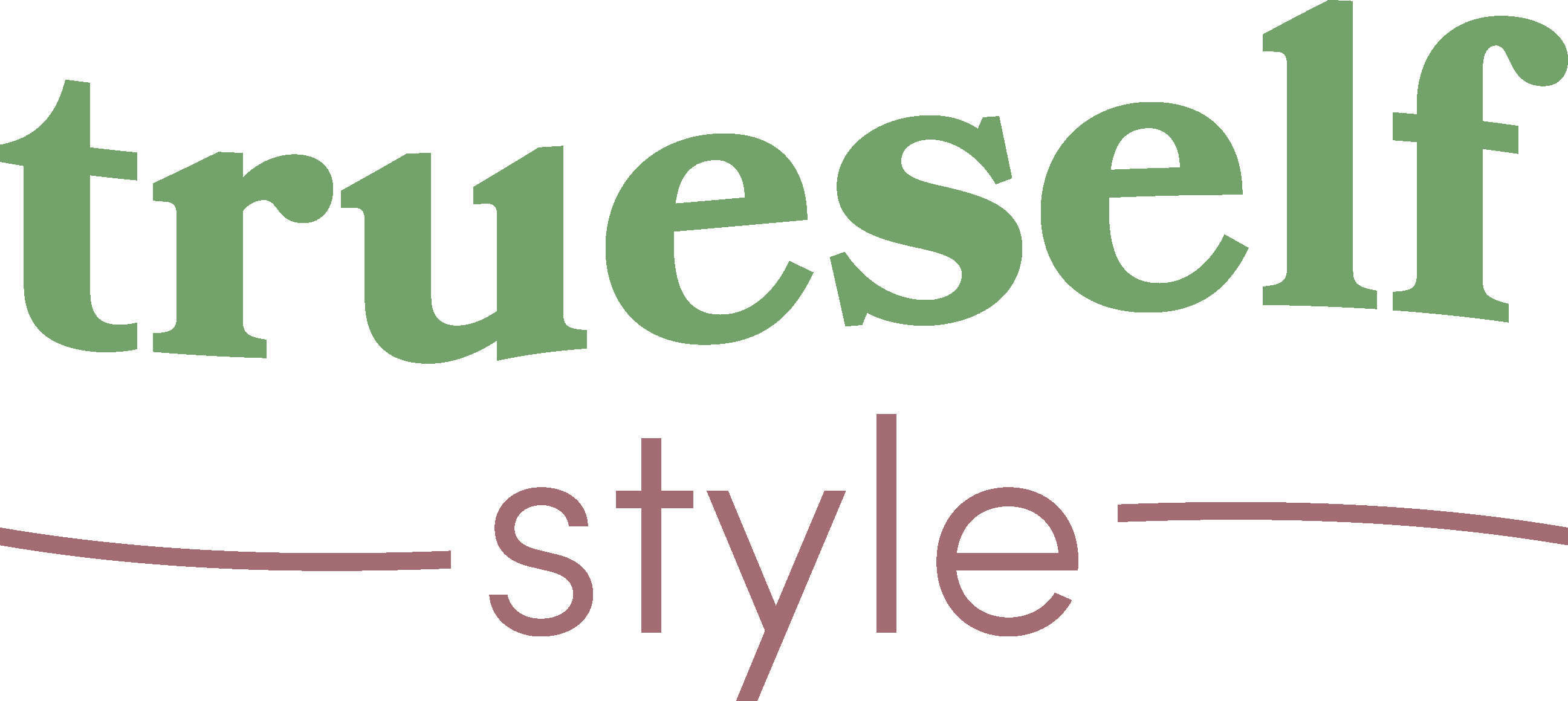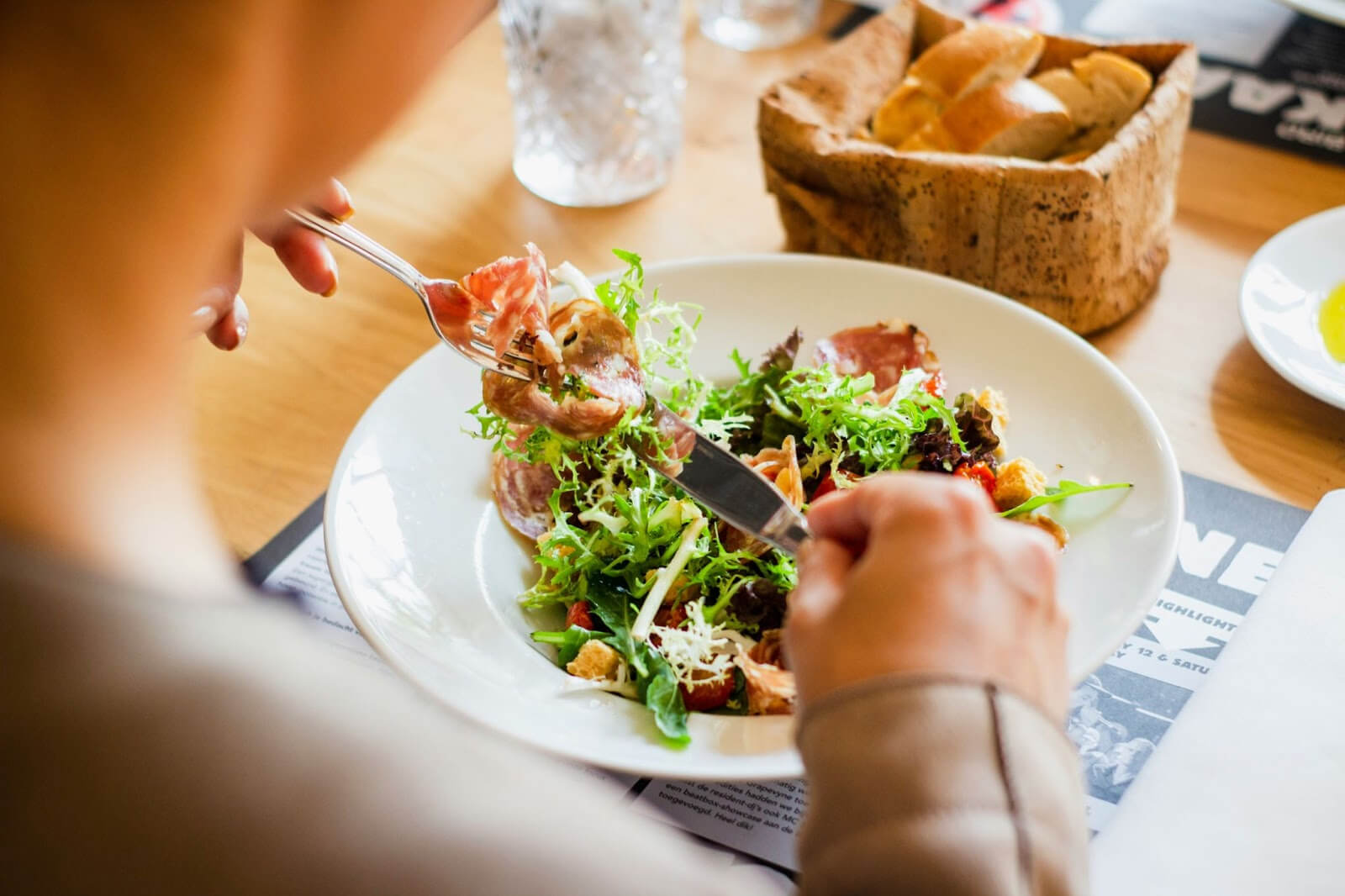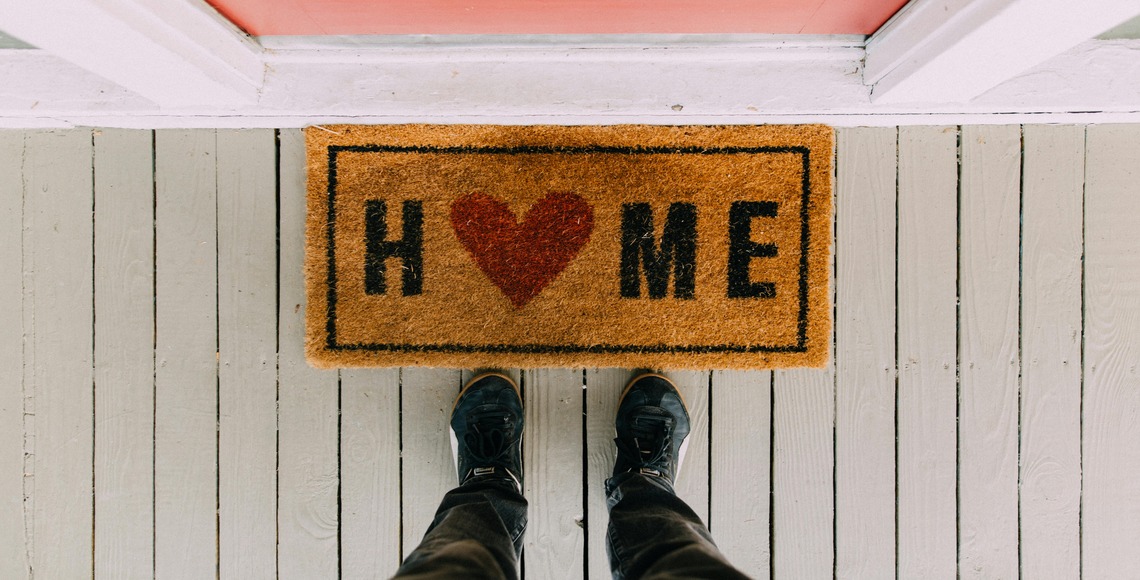The goal of minimalism is to lower stress and find peace in life. True minimalism is a philosophy that is reflected in our homes and in our lifestyles.
Still, it’s tough to become a minimalist overnight. Here are some tips for adopting a minimalist lifestyle, one step at a time.
Clear the Surface
A great way to begin the process is to remove physical items from your home. Start with surface clutter. We often cover our nightstands, counters, coffee tables, etc., in knickknacks and detritus we simply do not use. As you pick up an item, think about the last time you needed or used it. Does it add value to your life? If it has collected dust for six months and you know you can live without it, toss it, donate, or recycle it. Just be sure you understand what you can or cannot recycle. Try clearing one surface or room each day. You’ll pick up speed as you start to feel the freedom of reducing clutter.
Stop Storing What You Don’t Use
We are so afraid to let things go. What if I need that electric roaster someday? Well, it’s been in the basement for five years, so why not just borrow one if you suddenly need it one day?
Whether you have a storage unit, garage storage, attic, or basement, take an accurate and thorough inventory. Give yourself a realistic timeline for the number of months or years you are willing to allow something to sit without use. If an item doesn’t make the cut, donate it to someone who will be happy to use it. Before you know it, you’ll be able to stop paying rent on a storage unit and walk into your basement without thinking, “What is all of this stuff?” In the process, you’ll free your mind to think about other things that matter more.
Just Say No
Now, let’s talk about the other part of minimalism—the part that involves mindfulness, not physical clutter. After decluttering your space, begin to declutter your schedule. Practice not automatically saying “yes” to every volunteer request or night out on the town. Instead, answer invitations with, “let me check my schedule and get back to you.”
Like you did with the clutter on the nightstand, look at each request and decide if it will add value to your life. If you think it won’t add value but might add unnecessary stress, don’t do it.
Extend your minimalism to where you’re willing to give your time. This part is more challenging, and will take longer to master. Start by paying attention to what truly brings you joy and peace—and ditch what does not.
As you consider these tips for adopting a minimalist lifestyle, remember that it doesn’t just involve reorganizing and finding better storage solutions. Minimalism is a state of mind, and you need to deeply desire and commit to it if you want it to bring joy and peace.











